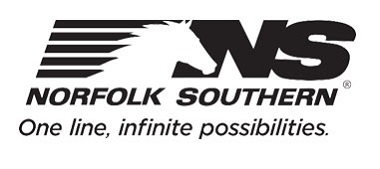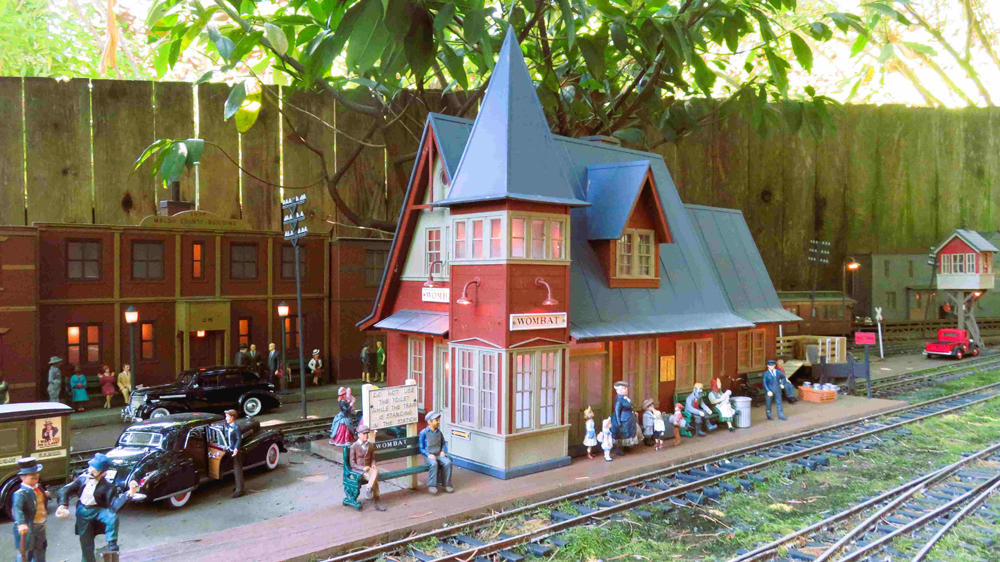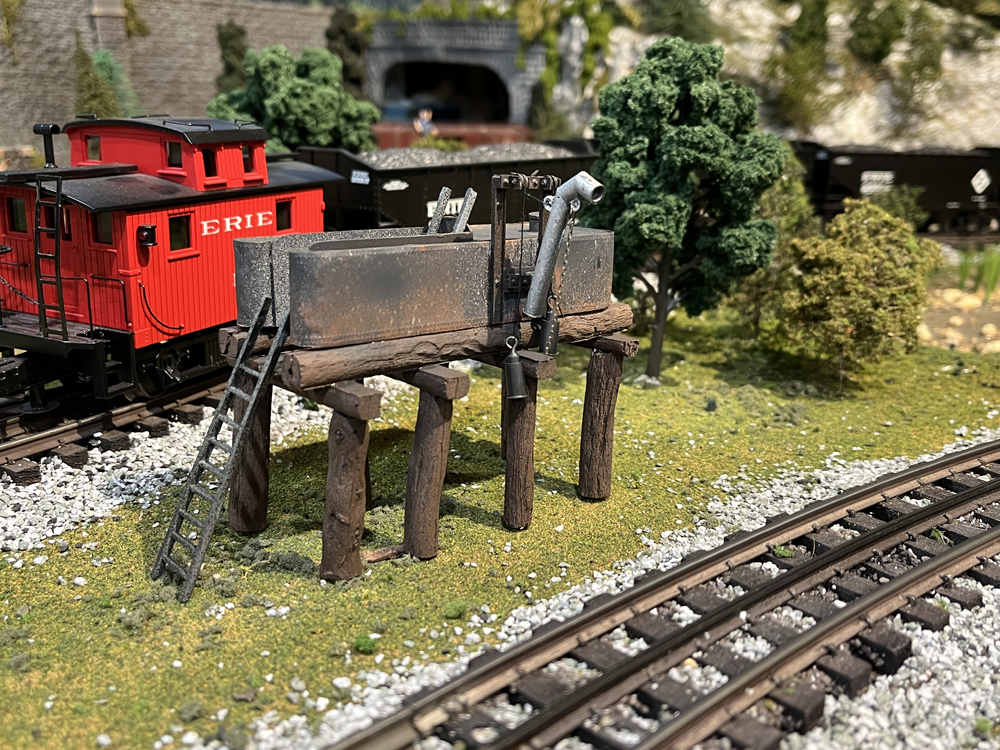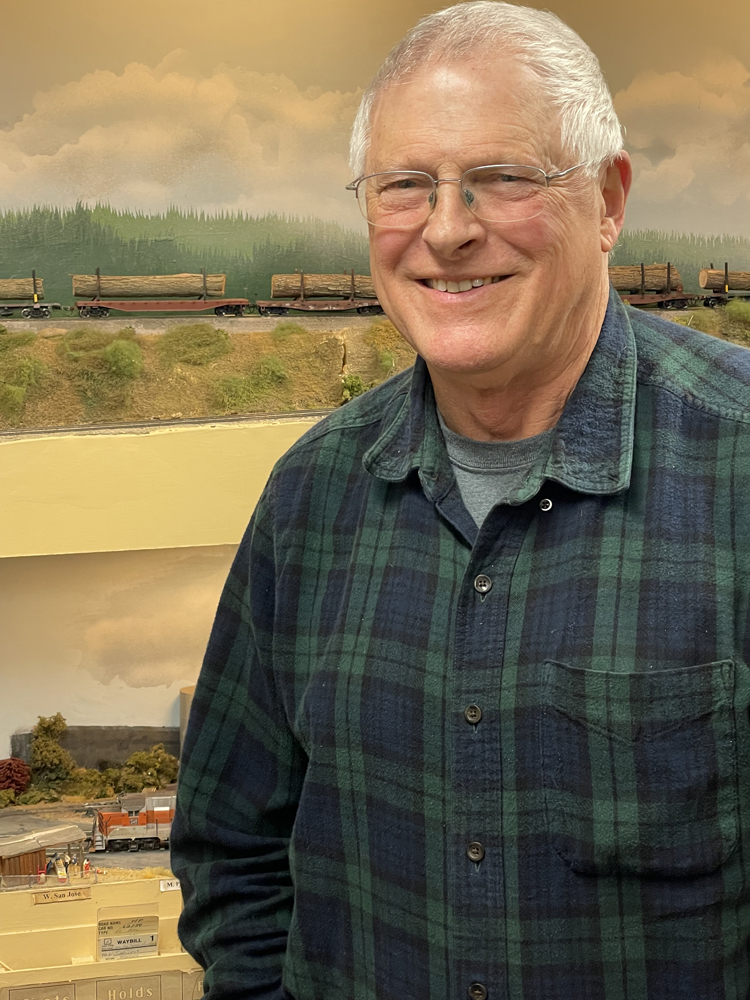“First, the technology. The technology’s got to be there.”
With positive train control systems fully operational at the end of next year, Squires says that, along with interoperability of the safety technology and other investments by NS, the railroad will be technologically capable of operating with one-person crews by end of next year.
“But of course, that’s not the end of the story.”
“We have to have regulations that are, if not conducive to one-man crew operations, at least which do not prohibit one-man crew operations,” he says.
Squires says that based on recent Federal Railroad Administration findings, he does not expect the current administration to regulate minimum crew sizes.
“Moreover, FRA made it very clear in the rule that just described that they intend to preempt the state law governing crew consists,” he says. “And so that should give us a powerful tool in which to seek to rollback state laws or proposed laws that seek to mandate two-man crews.”
In addition to technology and regulation, Squires says the third item is collective bargaining agreements. He says crew consists is a creature of the collective bargaining process and while he did not allude to upcoming negotiations, he underpinned that with the technology and regulations in place, there will come a time when NS seeks to bargain with crew consist changes.
“That’s going to be a very contentious and prejudice and time-consuming round of negotiations for reasons that I think are obvious to everyone.”
Squires goes on to discuss other topics in his Tuesday address, including Precision Scheduled Railroading, of which NS is rolling out its own adaptation, saying PSR is a win for shareholders, and it’s been proven repeatedly to be a sound and successful model. He said his introduction to PSR was a little rocky at first.
“It was one of those times when you remember exactly where you were and what you were doing. My cell phone rang and the caller ID said Calgary, Alberta …” Squires said, recalling a November 2015 call from E. Hunter Harrison.
“So I did what any sensible person would do – I let it go to voicemail,” Squired quips, generating laughs from attendees.
While admitting his introduction to the operating philosophy got off on the wrong foot, he reiterated that it’s a sound model and even commended CSX for their efforts in implementing PSR.
Other NS executives to speak at the 18th annual conference included Chief Marketing Officer Alan H. Shaw, Chief Operating Officer Michael J. Wheeler, and Senior Vice President of Transportation Michael A. Farrell, among others.










Mr. Landey your points are understandable, but switching to driverless technology from what we have now will be like switching from outhouses to indoor plumbing infrastructure: it takes time. Not everyone will have it, and laws/regulations will have to reflect that, but it’s going to happen, over time. If the market is there and demands it, then it will happen. And when it comes to two-man crews and what happened in Quebec, perhaps a second crewman could have done what needed to be done as far as securing the train, but… perhaps not. If both employees had been eager to get home, followed one another out of the cab and away from the train without tying handbrakes, then the argument that “two-man crews matter” would be totally moot. There are railroads around the U.S. that use single-man crews and do so very safely. It’s not black and white.
HERB Re: Driverless vehicles. Since I drive my Subaru, I pay the insurance premiums on my Subaru. So who is supposed to pay the insurance premiums for a vehicle I DON’T drive? Is the car supoposed to pay the premium itself as it drives itself? And what insurance company in its right mind would even consider writing a policy.
Now, traffic signals. Something I know something about — at least I know this, I know what traffic signals DON’T do. Traffic signals DON’T “talk” to driverless vehicles. The State of Wisconsin owns, I don’t know, something around 1,000 of traffic signal intersections, I don’t know, maybe more than a thousand, maybe a bit under. This is in addition to county and municipal signals (and the outlier signals, maybe owned by federal parks or whatever). Not a single one of these is set up to “talk” to a driverless vehicle.
The effort – considerable – to modify each signal to “talk” to a driverless vehicle would pretty much be in the ballpark of what it has taken to design the signals in the first instance. So instead of the the State DOT, plus the counties, plus the municipalities, employing “x” number of highly skilled traffic signal engineers (who are currently stretched to and beyond their limit) make that number of engineers “2x”. Ditto the electricians, instead of “y” number of electricians on duty, Make that “2y”. Of course I approximate but I’m in the neighborhood, I might be high but I might be low.
Who pays? And who carries the liability?
And do you know that traffic signals have to be tested and inspected annually? The annual inspection as of now basically consists of checking the conflict monitor, a relatively simple if necessary task. Annual testing of driverless technology would greatly increase the annual inspection. Instead of “z” hours annually, make that, say, “4z”.
Who pays? And who carries the liability?
The supposed benefits of driverless technology – fewer collisions in easy to read circumstances, closer pacelining of vehicle queues, may or may not come eventually. The million decisions that an actual driver makes on real-life actual highways can never be programmed into a machine. Driving is the wild west out there. I would know, I have a driver’s license since 1962 and I made my living working on the highway system.
It is REALLY bad science when the researcher sets out to support rather than disprove their own hypothesis – this is what is happening when so called experts provide their supposed ‘facts’ and data regarding two-person crew mandates and the safety of 1 vs 2 or 1 vs NO-person crews. Shouldn’t we be looking at data that might suggest why the use of all this technology might NOT work? Furthermore, the reality is that PTC and TO are major works in progress.
Nearly 30 years ago the End of Train (EOT) device was incorporated . . . it still does not operate with 100% efficiency. Technology is great when it works!
It has become quite clear the obvious bedfellows of Class 1 railroads, FRA, and AAR. Click this link and read my opinion on two-person train crews: https://www.railwayage.com/cs/push-the-envelope-with-autonomous-freight-trains/?RAchannel=home
to bad the customers ,who are the most important people, don’t count when it comes to PSR
As a postscript, talk of driverless trucks or platooned trucks is just that–talk. A few accident settlements with 7 and 8 figure price-tags will cure cost cutters of any illusions. There are simply too many variables in a dynamic driving environment. Especially with brobdingnagian sized trains, the same could be said of them. People who should know better citing unmanned uni-directional Australian ore trains going down hill as proof of concept had better keep their insurers number handy. That system is neither totally reliable nor transferable to n. American operations. One mishap could pay for many years of crewed operation.
Wall St. Journal said AMTRAK has a major problem with substance abuse. Several recent fatalities have involved drugs. Absent an effective random testing program, operating companies had better think several times before implementing one man crews. It may work in low speed yard work but high-speed trunk line trains are better with 2 people for a variety of substantive considerations. Once again, liability insurers will be the final arbiters of minimum loss practices
Mile long trains are no longer relevant. What proportion of mainline trains exceed 10,000 feet? Eastern class 1’s are changing more and more trains each day to DPU and that goes hand-in-hand with increased train lengths….all a part of PSR.
Charles, the Lac Megantic incident didn’t happen due to the one man crew it happened because the one man crew did not set enough brakes to hold the train in violation of policy. Maybe if there had been another crewman the accident might have been prevented but the fact of the situation is that the accident happened due to human failure not the number of crewman.
That being said this may be an issue where I agree with the union. Operating a mile long train with multiple power units is a lot different than operating a truck. (I would guess since I haven’t operated either.)
One-man crews – ask the people of Lac Megantic, Quebec what they think of the idea.
One-man crews (excuse me, maybe one-woman crews) are a fine idea for a railroad that doesn’t mind shutting down for a while in the event of an incident, like a sick crew(wo)man who needs to be rescued, or a broken coupler that can wait half a day to be fixed. For a railroad that believes in keeping its trains moving on time and reliably, may one-person crews aren’t such a great concept.
i wonder if one man was operating the CSX train where the men died when struck by Amtrak 175, what would have been the sequence of events. Train stays occupying both tracks while the engineer waits for the dispatcher to obtain someone to determine whats wrong? Nothing can go wrong.
All intermodal and unit trains should have one man.. If a train requires multiple P/U and S/O then a two man crew should be used. Then again who’s to say we won’t see beltpack expanded into mainline switching..